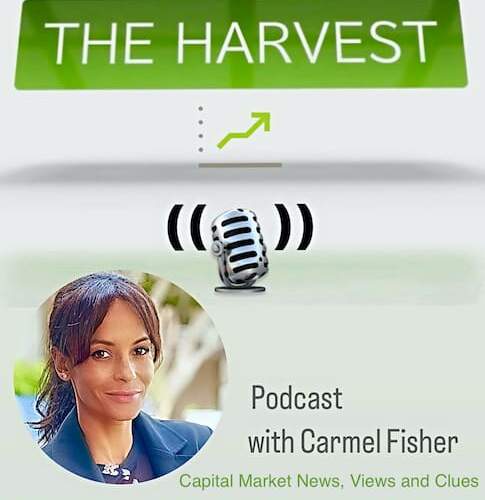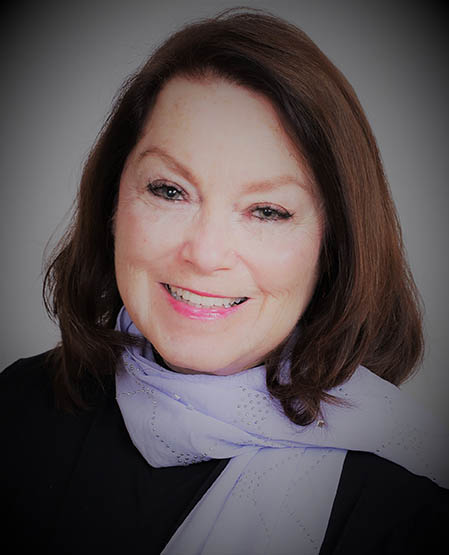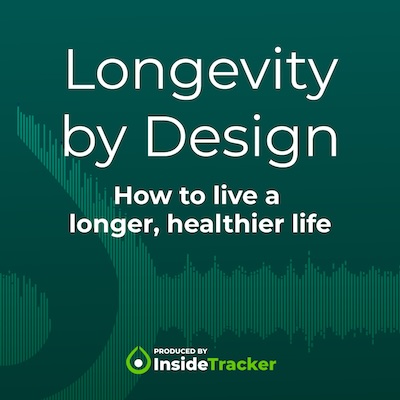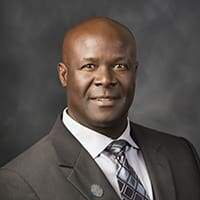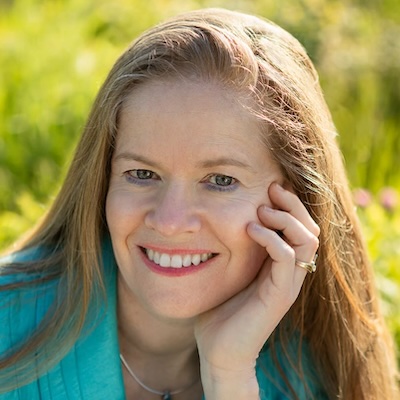Back to the Future: The Multigenerational Home is Making a Comeback
Photo by Tashka for iStockphoto
When we were growing up, it was expected that we would get educated, get a job, and get our own place to live, more or less in that order.
It’s easy to believe that this is how it always was and how it always will be. In fact, we just happened to live at a fortunate time in the history of America. Life didn’t work quite that way in the past, and the housing market today makes it nearly impossible to work that way now.
In most American cities, few young adults can afford to rent or own their own home. Housing affordability, as measured by the National Association of Home Builders, is at nearly its lowest level in more than a decade. Mortgage rates are high, home prices are high and rising, and rent is somewhere in the stratosphere.
That’s why nearly half of adults ages 18 to 29 still live with their parents, according to scholars at University of Pennsylvania’s Wharton School – a proportion not seen since the Great Depression.
Meanwhile, at the other end of the age spectrum, more older Americans are moving in with their children. As for those who can’t, it shouldn’t be a shocker that Americans ages 50 and up are the fastest-growing group of homeless individuals, according to the U.S. Department of Health and Human Services. Older adults account for about half of the total homeless population.
Remember “paradigm shifts?” We’re having one right now. The old paradigm we grew up with was one nuclear family per home. That reality is shattering at the hands of that old mother of invention, Madame Necessity.
What we are seeing – and it isn’t necessarily a bad thing – is both young adults and older adults turning more frequently to multigenerational living – just as they did in the past.
Boarding Houses
Before World War II. It was common for three or four generations of a family to live together in one home. (Remember The Waltons?) For single individuals, there were boarding houses, where men or women rented private rooms and took their board at a common table. There are few remnants of the boarding house era today except for the colorful name of a dining faux pas, the “boarding house reach.”
But if boarding houses aren’t making a comeback, other shared housing arrangements are. According to the Pew Research Center, in the 50 years from 1971 to 2021, the number of people living in multigenerational family households quadrupled, to nearly 60 million. Those 60 million account for 18% of the population, double the 1971 share. Some of that, to be sure, is a result of immigrants from Asia, Latin America, and the Philippines, with strong traditions of extended family living in one place. But it is also happening among those who have lived in the U.S. for several generations.
For older adults, it often means moving in with their children and grandchildren. For young adults, it may take the form of remaining in the parents’ home or living with multiple roommates.
Though financial considerations are the primary driver, Caregiving is often a close second. The Pew study found that a third of adults in multigenerational households cite caregiving as a major reason for their arrangement.
Four Popular Plans
Jamie Gold, a wellness design consultant and Certified Aging in Place Specialist, says multigenerational residences generally fall into four main categories:
1. Accessory Dwelling Units (ADUs) – also known as “granny flats,” a homeowner can build a garage apartment, a freestanding tiny home, or a home addition to provide living space for, in most cases, a parent. Or, if the homeowner is ready to downsize but not to sell, the homeowners can occupy the addition and make the house available to their children and grandchildren. (Unfortunately, many local zoning laws prohibit ADUs.)
2. Dual Suite Homes – a larger home with two primary suites (similar in concept to a duplex, only without dividing walls). For the most part, these need to be custom designed and built.
3. Multigenerational Communities – some far-sighted developers are designing new home communities that make it practical for older adults and younger families to live near each other.
4. Spare Rooms – it may be possible to bring another family member into the home without building an ADU or an addition. According to Redfin, a Real Estate company, homeowners ages 60 to 78 (i.e., Baby Boomers) own 28% of homes with three or more bedrooms. Millennials with children own 14%. Spare rooms can also work in a different way – older adult homeowners may opt to “homeshare” with a younger person to reduce the cost of ownership and gain companionship. (For more on homesharing, see this previous post.)
Although pragmatic realities are driving this trend, it’s worth remembering that intergenerational Relationships have many benefits for individuals and for society as a whole. To cite just one example, studies find that multigenerational relationships have a positive impact on the Mental Health of both older and younger individuals. A University of Exeter study found that children who had close relationships with their grandparents had fewer emotional and behavioral problems.
Beyond that, adds Karen Midyet, a psychologist and Retirement coach, relationships between generations also foster understanding and empathy. “When people of different age groups come together,” she says, “they are often able to learn from each other’s experiences and perspectives.” And in an increasingly diverse society, “intergenerational relationships can help bridge the gaps between different cultural and generational groups.”
Goodnight, John-Boy.










